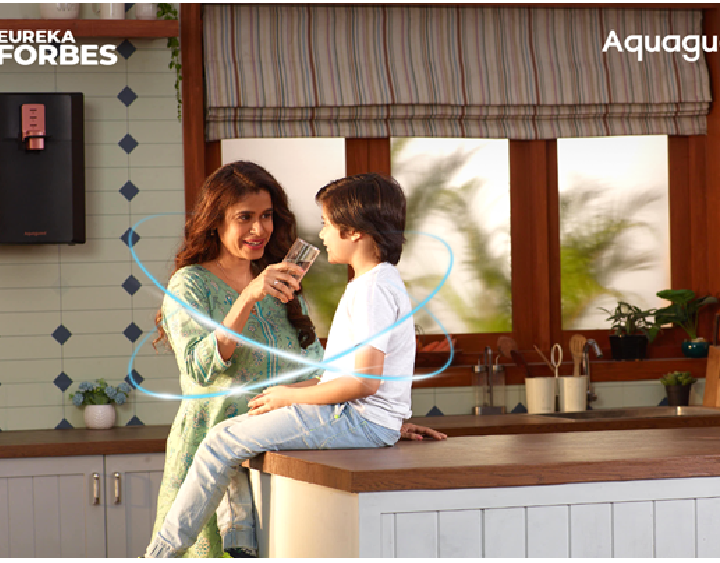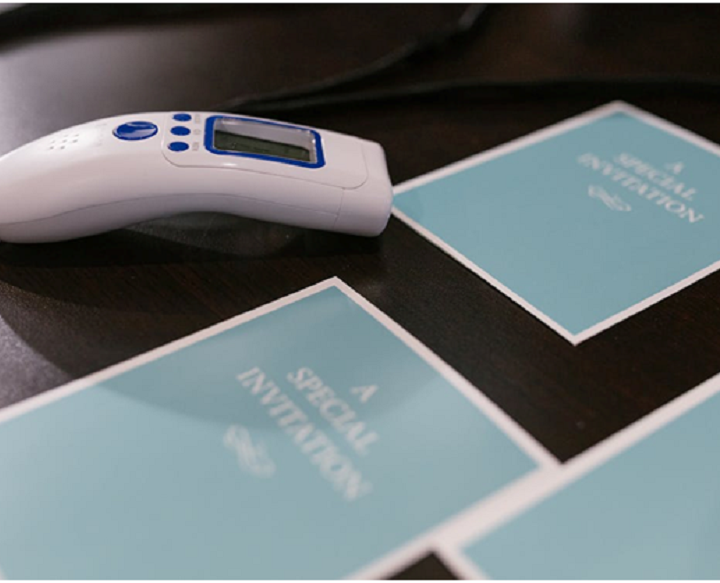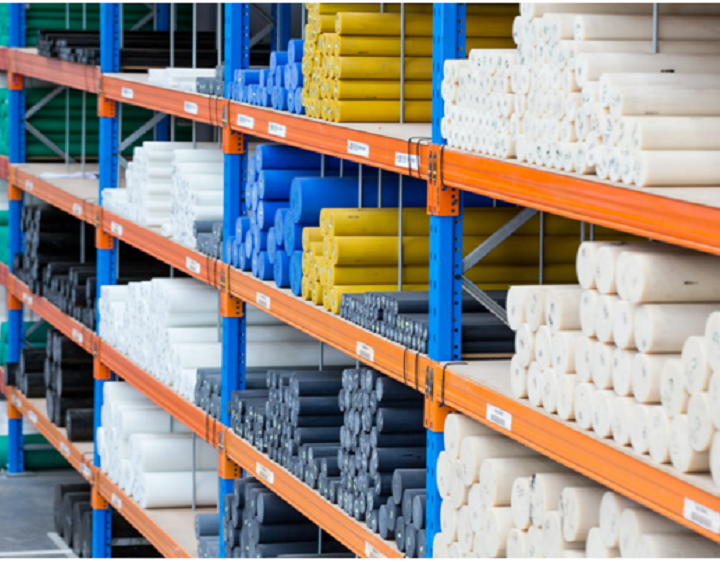Polyvinyl chloride (PVC) is one most widely used plastic in the world. PVC is commonly used in commercial applications such as electronic media and screen printing, laminating, vinyl lettering, signboards, and so on. So, if you’re considering using PVC for a variety of reasons, let’s first define what PVC is and what are the features that make it so good? Why is this considered one of the most used plastics in the world?
What Is PVC Plastic?
Polyvinyl chloride is the most common synthesized plastic polymer worldwide. PVC is classified into two types: rigid and flexible.
Rigid:
PVC rigid is often used in pipe manufacturing as well as applications such as windows and doors.
Flexible:
When, plasticizers are added PVC becomes flexible, and because of this, it is easy to use in phonograph records,plumbing,signboard,floor coverings,imitation leather, many other applications where the polymer is replaced.
How Is PVC Produced?
PVC is manufactured by polymerization of vinyl chloride monomer by the PVC sheet manufacturer at temperature 70-80°. While there are several popular commercial methods for producing PVC, the following are the most common:
- PVC Suspension (S-PVC)
- Bulk or Emulsion (E-PVC)
Uses of PVC sheets
PVC Sheets are a viable alternative to similar materials like polycarbonate plastic, which are more prone to scratches. Furthermore, their chemical resilience makes these sheets perfect compared to other plastics, such as acrylic, which can be destroyed when using strong cleaners.
The most typical application for these PVC sheets is signage, particularly for outdoor applications where corrosion resistance is critical. These sheets are frequently used by business owners who require a sign that can withstand the environment outside.PVC sheets are commonly used for wall panelling or for office furniture due to their durability. It can also be used to mount photographs.
An enlarged PVC sheet can be used for an exhibit booth, signage, or display in a retail setting. PVC sheets are also available in a wide range of colours, making them a more adaptable solution for commercial applications that require both durability and aesthetic appeal.PVC sheets may be the ideal answer for your needs, whether you need a robust plastic for promotional items or interior design in an office environment.
What are the various features of PVC Sheets?
So, let’s take a look at the features of PVC sheets. PVC, on the other hand, is a very flexible and cost-effective resource, and some of its properties are as follows:
Durability :
PVC has a high resistance to weathering, synthetic decomposing, corrosion, and abrasion. As a result, it is the preferred material for many long-lasting and outdoor products mostly. Well, rigid PVC has a high hardness and sturdiness rating as well which is why it is durable.
Electrical :
PVC is a polymer with fine insulation properties due to its high dielectric strength; however, due to its higher polarity, its electrical insulating features are insufficient to non-polar polymers.
Mechanical :
PVC has excellent mechanical and hardness characteristics. PVC is an abrasion-resistant, lightweight, and durable material.
Flame :
Because raw PVC has poor heat consistency, the addition of a heat stabilizer during the procedure is required to ensure the product’s qualities. The high chlorine present in PVC products makes them self-extinguishing.
Is PVC hazardous, and where is it used?
No. PVC is used in the manufacture of lots of items that every human being come into contact with on a daily basis, and some of the categories of items are construction, electronics, healthcare, and many more. Because of its affordable prices and attractive mechanical and physical characteristics, PVC is often used in these applications and many more applications, and thus is totally human friendly.
Conclusion
PVC products are completely recyclable. Implementing an appropriate recycling route for PVC has both economic and environmental advantages. The industries are collaborating with regulatory measures to ensure that disposal methods continue to be stable while sticking to the regulatory framework.






